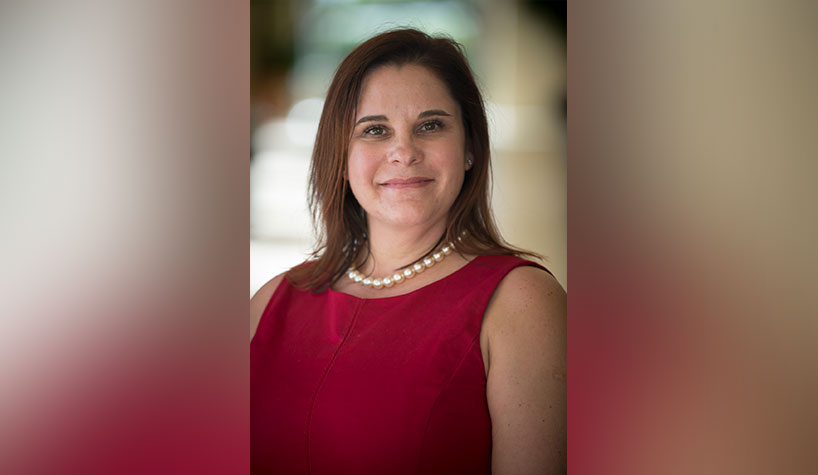By Kristi White
As many areas of the country looks forward to loosened restrictions and a steady push to get “back to business,” it’s important to have established, tactical action plans that can be implemented by staff at every level of the organization.
Below is a step-by-step guide to help you implement a plan or supplement plans you may currently have in process.
30 Days
For both hotels that have been closed and those who are recovering poorly, planning over the next 30 days are very similar.
- Determine target accounts that have offices near your hotel: Identify businesses within concentric circles around your hotel—two miles, five miles and 10 miles.
- Understand the meeting history of these local accounts: Look at both activity at your hotel and within your market. Has the account used your hotel or others like yours in the past? If not, they are likely not a good fit.
- Know your relationship with these accounts. This goes beyond just bookings to the depth of your local relationships. When is the last time you talked to anyone at that local office?
- Source contacts for those accounts. Account contact data could come from within your own hotel CRM, the company website or a third-party source.
- Segment your forecast and not just by market. Your forecast should be broken into smaller increments, so today’s pricing doesn’t impact tomorrow’s rates. Rates should only be managed 30 days into the future. Past that, your rates should be more reflective of where you would have been before the disruption. This will help protect groups on the books as well as help your sales team price as group demand returns to the market.
- Define your Duty of Care standards and train your employees so they can discuss it easily if questioned by customers. Make sure all your cleaning and sanitizing practices are well documented on-site and online, and instilled in your staff.
- Work with your food and beverage staff to reimagine your banquet menus to reflect the new normal. Buffets will likely need to be removed. Trays of cookies and muffins are still viable, but they will need to be individually wrapped. This might mean prepackaged items or simply freshly baked items locally wrapped. All of this will need to be reflected in your menus and your pricing. Don’t forget to update any online menus you have saved so customers can find the new menus easily.
60 Days
- Begin calling all key accounts. The goal is not to sell but to maintain and deepen those relationships. These initial calls should be around how they are doing, how their companies are doing, and where there are from a recovery perspective. The answers you get here will inform when your next call should be and when you can start selling to them.
- Reclassify your meeting space to understand the capacities based on varying distancing requirements. You should determine what the new capacity would be if you had to adhere to 6-, 7-, 8-, or 12-ft. social-distancing guidelines. This should be documented in formats that will allow you to share this information freely with customers.
- Work with your revenue management team to understand how you will price and optimize meeting space with social distancing guidelines. You will need a plan for each social distancing protocol (6, 7, 8, and 12 ft.). How many rooms will be required to waive meeting space? Will you need to require meeting room rental on all groups? Understanding this in advance will make it easier for your salespeople to sell without friction from the beginning.
- Adjust all meetings still on the books to your new capacities. Will the new capacity require a shift in the meeting space? If so, now is the time to block the new space as necessary.
- Reach out to those customers on the books and confirm they are committed and discuss new space requirements. This step is twofold. It will tighten your booking commitment while also solidifying available space for when groups and meetings return.
90 Days
- Revisit all of your key local accounts with a mind to sell. Let them know about your new Duty of Care standards. Invite them to visit the hotel to see them in practice where possible.
- Communicate your new cleaning standards to all groups still on the books. Also share your new Duty of Care standards.
- Update your forecast to reflect changes to meeting space. Create a “hot dates” quick sheet for your teams to work from showing days when occupancy is very high or very low. This should be updated weekly. Additionally, you might contemplate creating a version of this document to share with customers.
- Start bringing back staff where appropriate as occupancy levels continue to climb. You’ll need to ramp up sales and service teams to stay ahead of your recovery curve.
- Reevaluate meeting room pricing. As bookings begin, determine if your new meeting room pricing protocols are appropriate. This should be reviewed at least once per month.
- Relaunch digital marketing especially for the leisure market. Chances are individuals are looking for getaways as shelter-in-place protocols are lifted. They might be looking for a staycation or escape within a three-to-four-hour drive.
- Don’t be picky about where the business originates. Recovery will come from all channels. Understand you may have to rebalance your distribution mix.
120 Days
- Amp up your sales efforts. Expand beyond the key accounts where you have relationships to include all local accounts who have booked in your market in the past, even if you don’t have an active relationship with them.
- Expand to accounts outside of your market who have utilized your hotel in the past. This communication will be similar to what you did with your local accounts. Inform them about the changes you’ve made, update them on new menus, meeting room capacities, etc.
- Reassess your new meeting room pricing protocols as appropriate once booking begins and you have market feedback. This review should be conducted at least once per month.
- Revisit your forecast to see if you should combine your increments or segment the forecast even more. Forecasting will be tricky for the next 12-18 months as the recovery fluctuates. So, review and update your plans often based on changes in the virus status and your market “open” status.
The next 120 days will be critical. While it might seem logical that you will progress through the steps and keep moving forward, you should pay close attention to see if you are able to bring your occupancies up to or above the market. If your business level dips, you will need to go back and revisit steps from the prior action plan or stay within a specific period for longer.
As the world shifts into a “new normal” it will be imperative to continue ongoing communication with employees and customers alike. We don’t know what we don’t know, but we know now what it looks like to manage, overcome and move beyond such a crisis. The work we do today will help inform the way work and succeed in the future.
As a hospitality veteran by trade, with two decades of experience in the hotel and revenue management side of the industry, Kristi White, VP, product management, Knowland, has a pulse on the needs of hospitality group business. She has advised hundreds of hotels worldwide on improving their business strategy, hotel performance, and overall profitability. She is a recognized expert in hospitality and a frequent speaker at industry conferences and universities, as well as a former member of the Board of Directors for the HSMAI Revenue Management Special Interest Group.
This is a contributed piece to Hotel Business, authored by an industry professional. The thoughts expressed are the perspective of the bylined individual.

